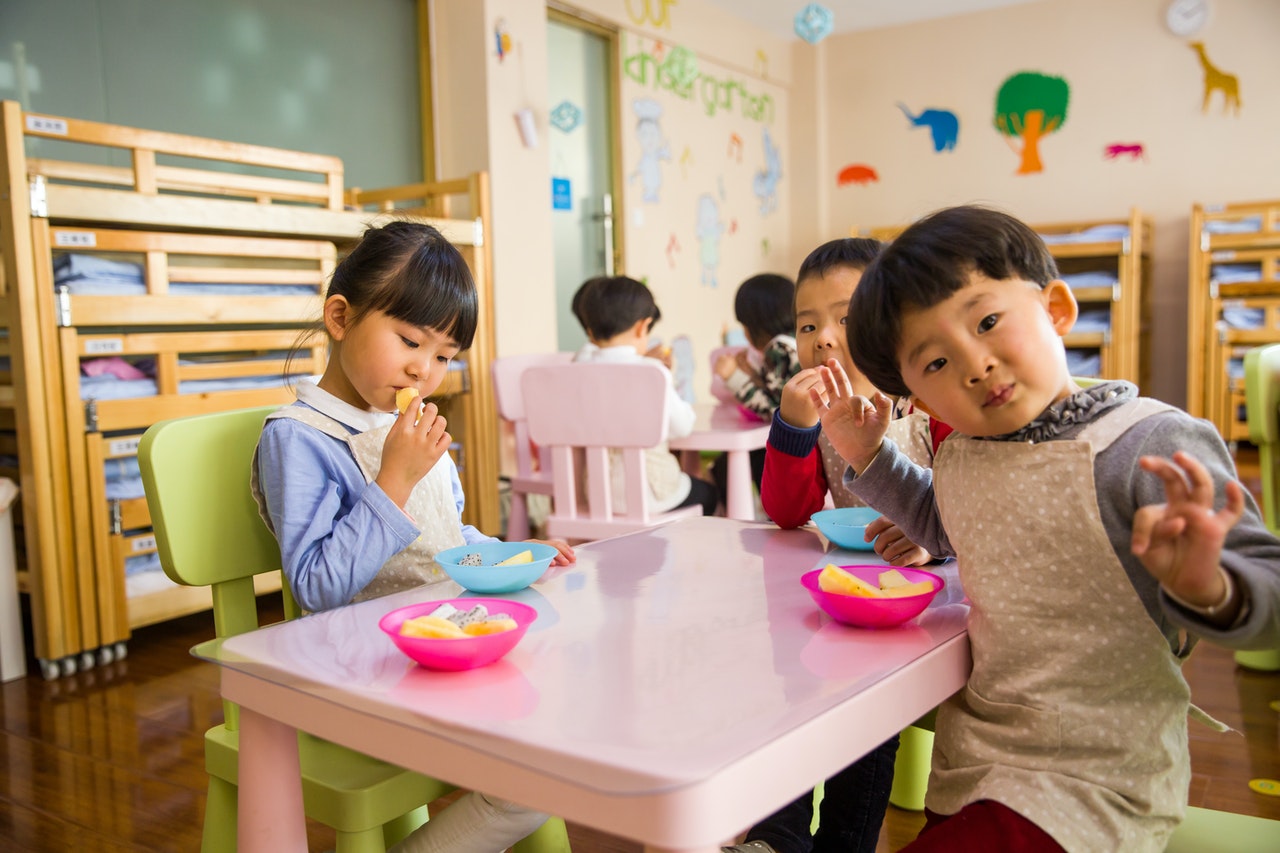
the benefits of small group learning were discussed. In this article, we look at the particular benefits to learning in the younger years, from early childhood to middle primary school.
The general benefits of small group learning for young children are many. It is widely accepted that small groups help children by:
(From https://sydney.edu.au/education_social_work/groupwork/docs/BenefitsOfGW.pdf)
In terms of cognitive development, an interactive and social environment limited to a few students can help children better understand and retain information. As Barbara Gross Davis states in her work, Tools for Teaching: “Researchers report that, regardless of the subject matter, students working in small groups tend to learn more of what is taught and retain it longer than when the same content is presented in other instructional formats.” (‘Coorperative Learning: Students working in small groups’, Speaking of Teaching, Stanford University Newsleter on Teaching, Vol.10, No.2 http://web.stanford.edu/dept/CTL/Newsletter/cooperative.pdf)
Research demonstrates that the ratio of teacher/child within a learning program directly affects the quality of teaching and the effectiveness of the program. “In almost every case, positive support for the child’s development depends on the kind of close observation and knowledge of individual children that is only possible when the number of children in the group is limited.” (Judith Colbert, Group Size: What Does It Mean for the Children In Your Care? http://www.earlychildhoodnews.com/earlychildhood/article_view.aspx?ArticleID=402)
But how much teacher attention is your child getting at school? Despite best efforts, schools have limited resources and many children to cater for. Often, the students requiring the most support will receive the most teacher attention, while students who are doing ‘ok’ or appear fairly independent will largely be left to their own devices for large stretches of time throughout the day. The classroom teacher (and assistant, if available) will do their best to attend to all children equally, but it becomes a matter of physical limits.
Early pioneer in learning theory, Howard Gardner, who is still studied in teacher education training programs today, was one of the first to identify emotional and social intelligences as crucial to brain development. These intelligences are necessary for adult life, and development begins early. Clearly, a small group program allowing for quality, guided interactions between students and peers, as well as students and teacher, does much to accelerate children’s learning about their inner lives and how to relate to others.
Finally, for those students requiring extension beyond the regular classroom program, a small group opportunity is ideal to give them time with students at a similar level, providing scaffolding of existing concepts and skills by extension and challenge – again, closely guided and monitored by the teacher.
See more information on our small group programs for young students here.